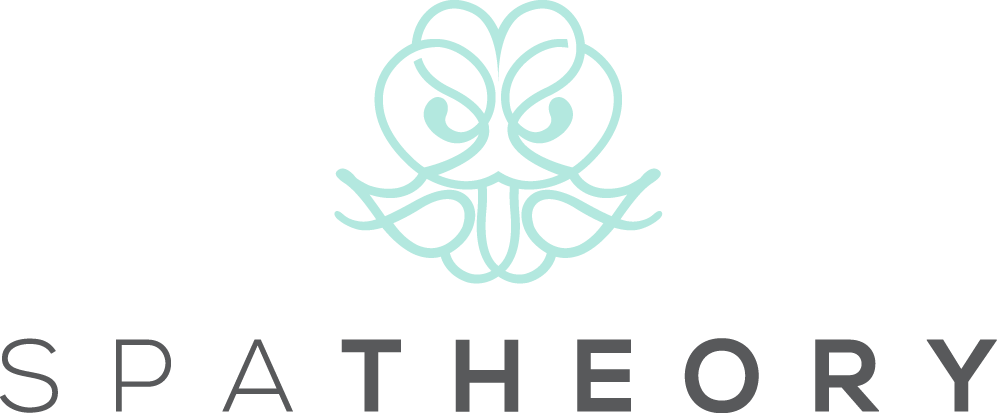What Toxins are Released After a Massage?
If you're wondering about the health benefits of massage therapy beyond its blissful relaxation, you may be surprised to learn about its detoxifying effects. Many of us are unaware that our bodies can harbor various types of toxins that can be released during a therapeutic massage. Understanding what toxins are expelled can help you appreciate how massages aid not just in relaxation but also in enhancing your overall well-being - so let’s take a closer look.
Relationship Between Massage and Toxins
Massage therapy is more than just a means to relax and unwind. It's a tool for maintaining health and bodily harmony. When a massage therapist works on your muscles, there is more happening beneath the surface than just the easing of tension. The physical manipulation of body tissues increases blood flow and lymph circulation, which in turn helps flush out toxins from the body tissues and assists in cleansing the circulatory system.
Types of Toxins Released After a Massage
Lactic Acid
Often accumulated in the muscles after intense exercise or prolonged tension, lactic acid can lead to stiffness and soreness. Massage helps to release and flush out lactic acid, thereby easing muscle pain and improving mobility.
Urea
Urea is a waste product formed from the digestion of proteins and is usually eliminated through the urine. Massage can increase the rate at which the body disposes of urea through enhanced blood flow and kidney function.
Pollutants
Everyday exposure to pollutants, whether from the air we breathe or the products we use, can lead to their accumulation in our fat cells. Massage therapy can help mobilize these toxins, facilitating their expulsion from the body.
Heavy Metals
Heavy metals like lead and mercury can accumulate in the body through various environmental exposures. These are challenging to eliminate, but massage can aid in mobilizing these toxic substances and support their clearance via natural detoxification pathways.
Cortisol
Known as the stress hormone, cortisol can be detrimental in high levels. Massage helps reduce cortisol levels, thereby lowering stress and promoting a healthier state of mind.
Adrenaline
Adrenaline, another stress-related hormone, can be reduced through relaxing massage techniques, promoting a calmer and more balanced nervous system.
Histamines
Released during allergic reactions and inflammation, histamines can cause discomfort and irritation. Massage can aid in reducing the levels of histamines in the body, alleviating symptoms of allergies and inflammation.
Endorphins
While technically not a toxin, the release of endorphins during a massage is a significant benefit. These "feel-good" hormones naturally boost mood and relieve pain.
Benefits of Releasing Toxins Through Massage
So, when it comes to toxin release, what are the benefits of regular massages? Let’s take a look:
Improved Circulation and Detoxification
One of the primary benefits of massage is its ability to improve blood circulation. This enhanced blood flow is crucial for detoxification, as it helps to transport nutrients to tissues while simultaneously removing waste products and toxins from the body. The kneading actions in massage stimulate the lymphatic system, which is responsible for filtering and eliminating toxins. As the lymph flow is improved, it helps in cleaning up the circulatory system, leading to a more robust detox process and healthier organ function.
Pain Relief and Muscle Recovery
Massage is highly effective in alleviating muscle soreness and accelerating recovery after physical activity. Techniques like deep tissue massage reduce the accumulation of lactic acid in the muscles, a common cause of post-exercise pain. By expelling lactic acid and other metabolic wastes, massage not only relieves pain but also helps to restore muscle integrity and enhance performance.
Stress Reduction and Relaxation
Chronic stress can lead to the accumulation of cortisol, a hormone that can have several negative effects on the body, including immune suppression and weight gain. Massage therapy has been shown to significantly lower cortisol levels, thereby reducing stress. Additionally, massage promotes the release of adrenaline and histamines, which helps to calm the nervous system and provide a deep sense of relaxation. This reduction in stress hormones can improve overall mood and decrease anxiety and depression symptoms.
Enhanced Immune Function
By aiding in the elimination of toxins and stimulating lymph flow, massage strengthens the immune system. A robust immune system is better equipped to fight off pathogens and disease, making regular massage an excellent preventive health measure.
Improved Skin Health and Vitality
The detoxification process enhanced by massage also benefits skin health. By clearing out toxins from the pores and improving circulation, massage facilitates better oxygen and nutrient supply to the skin. This not only gives the skin a healthier, more radiant appearance but also helps in the regeneration of skin cells, contributing to overall skin vitality and elasticity.
The Bottom Line
Understanding the detoxifying effects of massage therapy can transform your approach to health and relaxation. By releasing a variety of toxins — from metabolic wastes like lactic acid and urea to stress hormones like cortisol and adrenaline — massage provides a plethora of health benefits that extend well beyond simple relaxation.
To experience these benefits for yourself and make detoxification a regular part of your wellness routine, consider incorporating regular massages into your health regimen. To get started, why not schedule a mobile massage in Austin? Your body - and your mind - will thank you for it.


